Termites are intriguing beings with an extremely systematized social structure and orderly lives. It is essential for us to study and understand termites in order to see them as creatures beyond just pests. Except Antarctica, they exist and flourish everywhere on our planet. The role these tiny mighty insects play in our ecosystem is rather significant. In natural buildings, termites are considered as a major threat, the fear of their infestation discourages many natural building enthusiasts. This article tries to explore if extermination is the only solution, if we can co-exist or use safe natural remedies to keep them in check.
Types and kinds:
There are more than 3000 species of termites which fall broadly in three categories: subterranean, damp wood and dry wood termites. One lives inside the soil making monumental mounds, while the other two live and feast on wood. The colony comprises of the queen, king, soldiers, and workers. Led without a leader, together they make sure their empire functions efficiently, going about responsibly carrying on their assigned tasks.
Why do termites exist anyway?
They have been around for over 250 million years, so the answer cannot be just to disrupt human creations. Perhaps our homes and crops happen to fall in their habitat, and our rampant construction and cultivation is something that needs to be checked! These detritivores are responsible for decomposing most of the dead matter in a forest. They make tunnels and tubes in order to stay protected while foraging food, in the process making the soil porous and allowing water percolation. Termites are revered in cultures that understood their values. Presence of termite mounds indicate presence of groundwater and mineral deposits. These natures’ recyclers enrich the soil and improve crop yield.
The secret lives of termites:
Inside the termite gut, there is a whole ecosystem of microbes that are capable of breaking down the most complex dead matter. Termites feast on the cellulose and have a huge insatiable appetite, chewing 24 hours in a day! What goes on inside the termite gut, is a rich research topic and may hold an answer to finding renewable energy solutions. They are undoubtedly one of the most sustainable creatures, consuming and transforming everything dead helping our planet bite by bite.
The mud castles:
The subterranean termites create citadels of literally epic proportions. Made with soil, cellulose, saliva and feces these are rather tough to break into. They have an intricate system of ventilation to regulate temperature and humidity for them to survive and carry on their work. The mound material is of great value. It can be used effectively in our mud for building, and has applications in medicine as well. The mound is in itself a self-sustaining town with systems designed for water storage, breeding chambers, farming and air conditioning.
How to keep termites away from your natural building:
The first step would be thorough inspection of the site to be built on, for any signs of termites. They thrive well in moist conditions, a damp home is a termite’s preferred dwelling. The simplest solution for termite prevention would be to keep moisture and leaks in check. Having done that one step further would be to access possible termite food and treat them before using in your natural building. It is essential to take measures to prevent termite attack to prevent the loss of precious resources, below are a few methods.
For wooden members, using naturally termite resistant wood like teak, neem, (old salvaged wood is recommended) etc. can greatly reduce the risk. Also coating with oils like cashews shell oil, makes an impenetrable layer guarding the valuable wood. Some herbal solutions which repel the termites can be mixed into the mud while making walls, also poured into the foundation. Termites do not like lime, using lime stabilized construction techniques will also give added strength and keep termites away. In case of termite infestation, neem oil diluted in water and sprayed regularly will help reduce termites. Using thatching material like vetiver, which is a natural termite repellent is a good example of using materials to our advantage. There are a number of ways to make sure that termites don’t harm us, with proper planning, execution and care we can co-exist peacefully.
Recipes for some natural solutions:
In nature, some herbs and plants repel pests because of their chemical compositions, which give them antifeedant, growth and reproductive inhibiting properties. Using toxic synthetic solutions against pests is not only highly poisonous but also causes immense damage to our environment where the residue gets into the food chain and also hampers the natural cycles.
When nature offers solutions, we better take heed! Over time people found natural ways to deal with termite control by relentless trials and experiments. . The idea behind this is to first identify the herbs. Generally, the plants that are avoided by the cattle, have bitter or sour tasting leaves or have milky saps are found to have termite repellent properties.
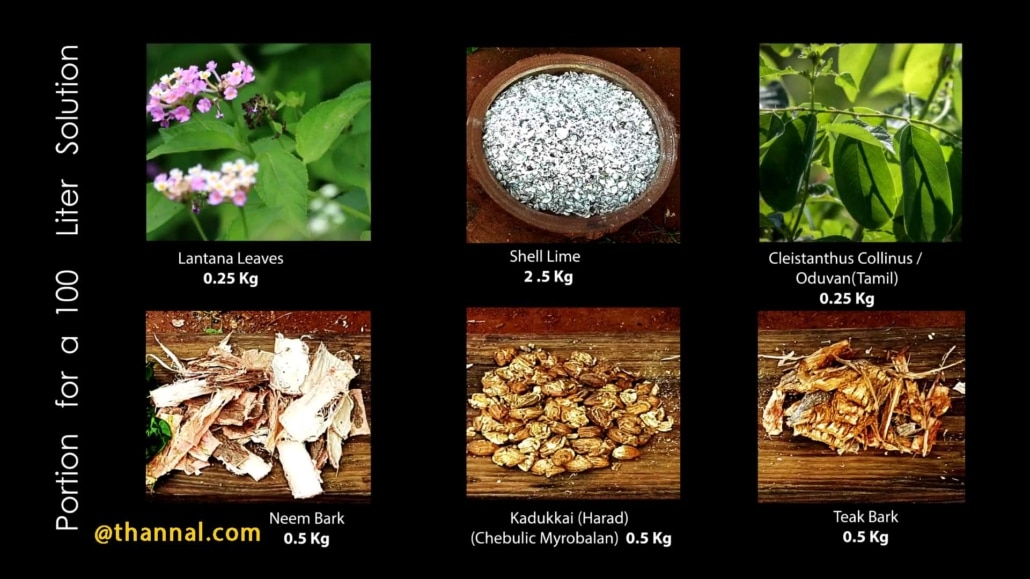
Do you want to study Natural Building Online ?
The Mix: (Puchi Marandu)
An anti- termite potion designed to counter the attack by these nature’s architects is made from local termite resistant plants and herbs. Every location will have its own indigenous techniques to ward off pests depending on the plants of the region. The recipe explained below is a method borrowed from our ancestors and an experiment in termite proof mixes at this Earthbag home at Tiruvannamalai (see video) by natural builder Biju Bhaskar along with master mason Kumar anna.
Ingredients:
- 1/4th kg of Kadukkai (Terminalia chebula) bark, Neem bark, Teak bark, Kadukkai powder
- Poonchatta ella & Poonchatta puulu OR Ootamtaza leaves (Cleistanthus collinus) and lantana leaves
- 5kg shell lime, which is dry-slaked by sprinkling a little water.
Recepie :
Mix the ingredients from ‘A’ in a 20 liters bucket filled with water. Crush the Ootamtaza leaves and lantana leaves and pour the juices by squeezing them in a of 200 liter barrel. Add the leaves as well along with the juice in the barrel. Now pour the mix from the 20-liter bucket into the barrel, add the shell lime and fill the barrel with water. Now let this ferment for minimum 7 days and work its magic. This herbal mix is now ready to be used in your natural building!
Procedure: This mix can be used in foundations, plinths and even cob, adobe and earthbags. You can go ahead and experiment with other areas in your natural building where this mix may seem appropriate.
Foundation & Plinth: Before laying the foundation, this mix can be sprayed at the base. After the plinth is filled, 1 ft. deep holes are dug at regular intervals in the infill mud using a crowbar and then this liquid is poured undiluted.
Walls of mud: Mixing diluted with water in cob, adobe, earth bag, etc. will help in enhancing their termite resistant properties.
Other mixes – Turmeric Mix:
Formulated by natural builder Saurabh Phadke, this solution works aganst termites.
Ingredients: 1 part Neem bark, 2 parts Turmeric powder and 6 or 8 parts of Haritaki powder (Terminalia Chebula)
Method: Combine ingredients and add water and let it ferment for 3 days, use this solution diluted in water to impart termite resistance to your cob or plasters. This video will explain the detailed procedure – (see video)
Give them food!:
Natural builder Didi Contractor has a very nonviolent approach towards termites. She says that distracting termites from eating up your home by giving them food is a very logical solution for keeping the hungry termites from attacking your precious home.
An example for yummy termite food could be wet cardboard and paper stacked above one another, placed near the termite infested areas. After a couple of days you can move these termite passengers on the cardboard and station them far away from your home.
Other herbal remedies:
Many such herbal remedies can be worked out using easily available ingredients straight from your kitchen or wildly growing local plants. The milky sap from Calotropis, commonly known as milkweed fermented in water is successfully used against termites. In farming, a concoction of curd, neem bark and cow urine is traditionally used as a termite solution. There are a few grandma’s recipes as well to keep our little friends at bay. (http://www.grandmas-wisdom.com/termite-pest-control.html)
We are fast to label insects as pests without knowing their significance. Termites teach us the values of community building and co-existing. Their mounds are architectural wonders and show how energy efficiency can be achieved by planning and appropriate use of material. While we fix our home to make them termite free, we should be aware that man selectively tries to eliminate organisms that are harmful to him. Acknowledging the role of termites in our eco system is vital to appreciate their existence, accept them as a part of our home, the home we call earth.
For further reading:
- Oduvan leaves – A review on some poisonous plants and their medicinal values by Tamil Selvan
- Turmeric – Potential of Indian traditional medicinal plant turmeric as insecticide Antifeedant and insect repellent against household, museum and library insect pests by Sandeep Kumar
- Book: Neem – A User’s Manual by Subhashini Sridhar & K Vijayalakshmi

Biju Bhaskar & Musharaff Hebballi
This article is by Natural builder Biju Bhaskar & Musharaff Hebballi. This post is part of our Natural living series,.


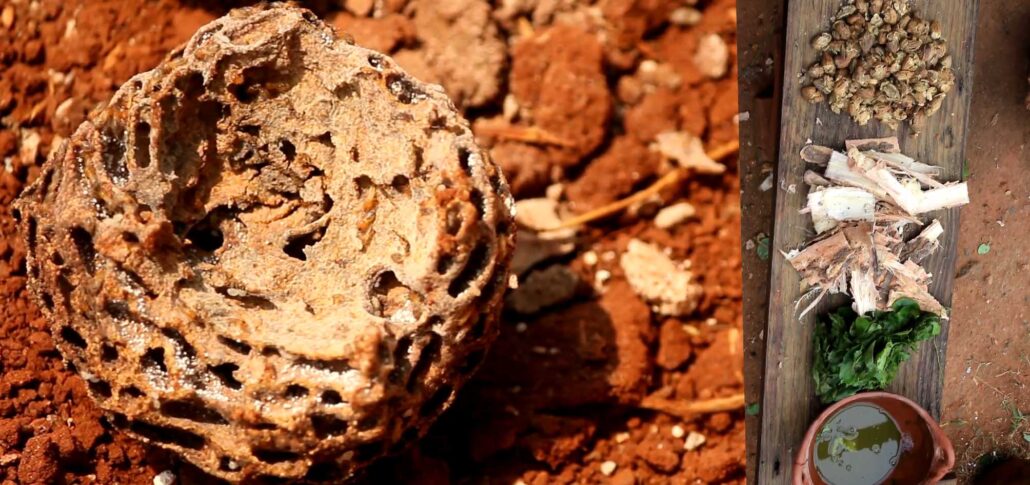


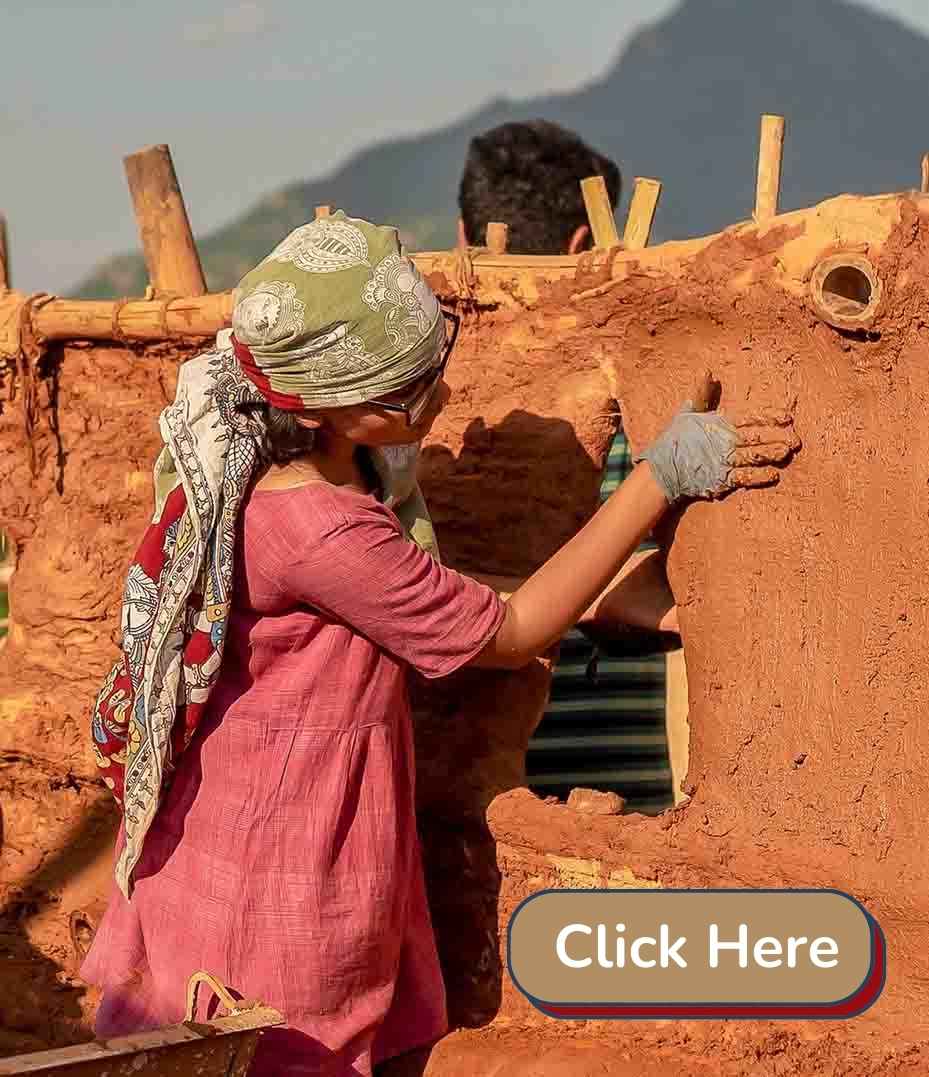
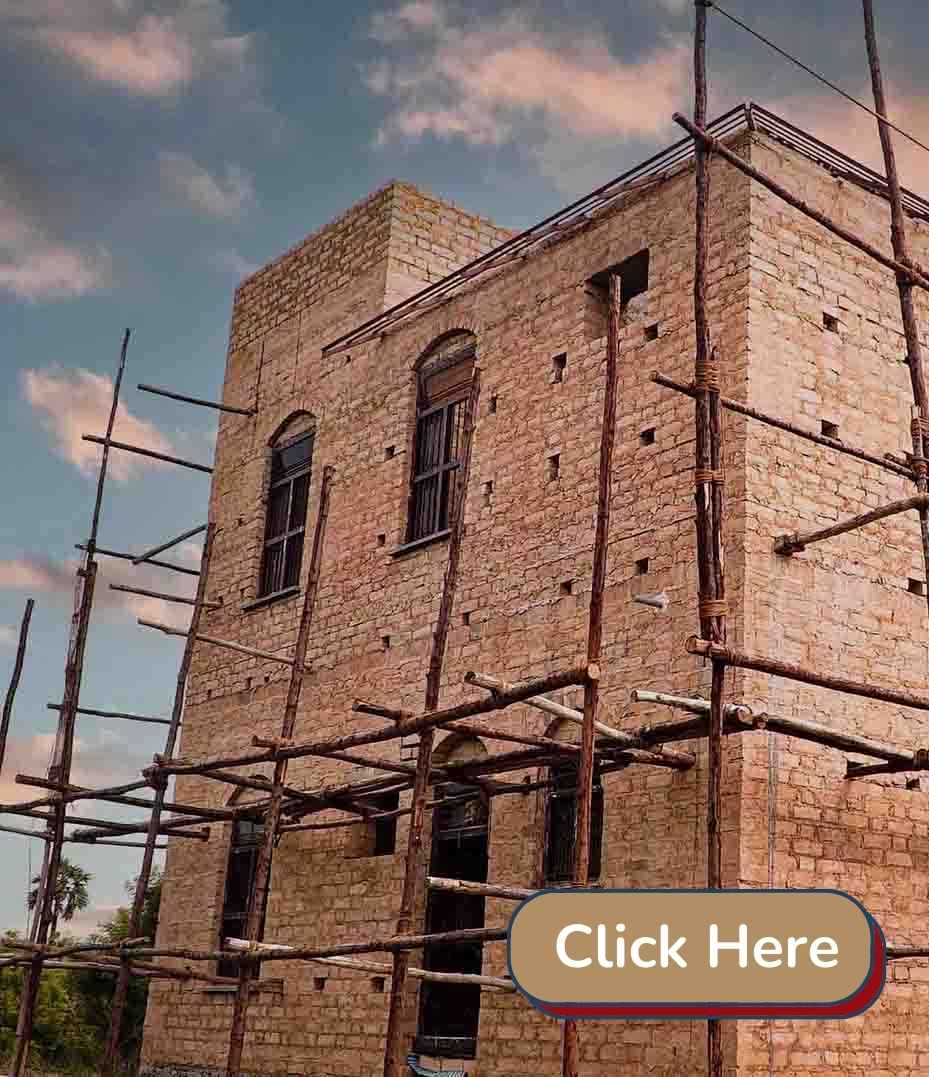
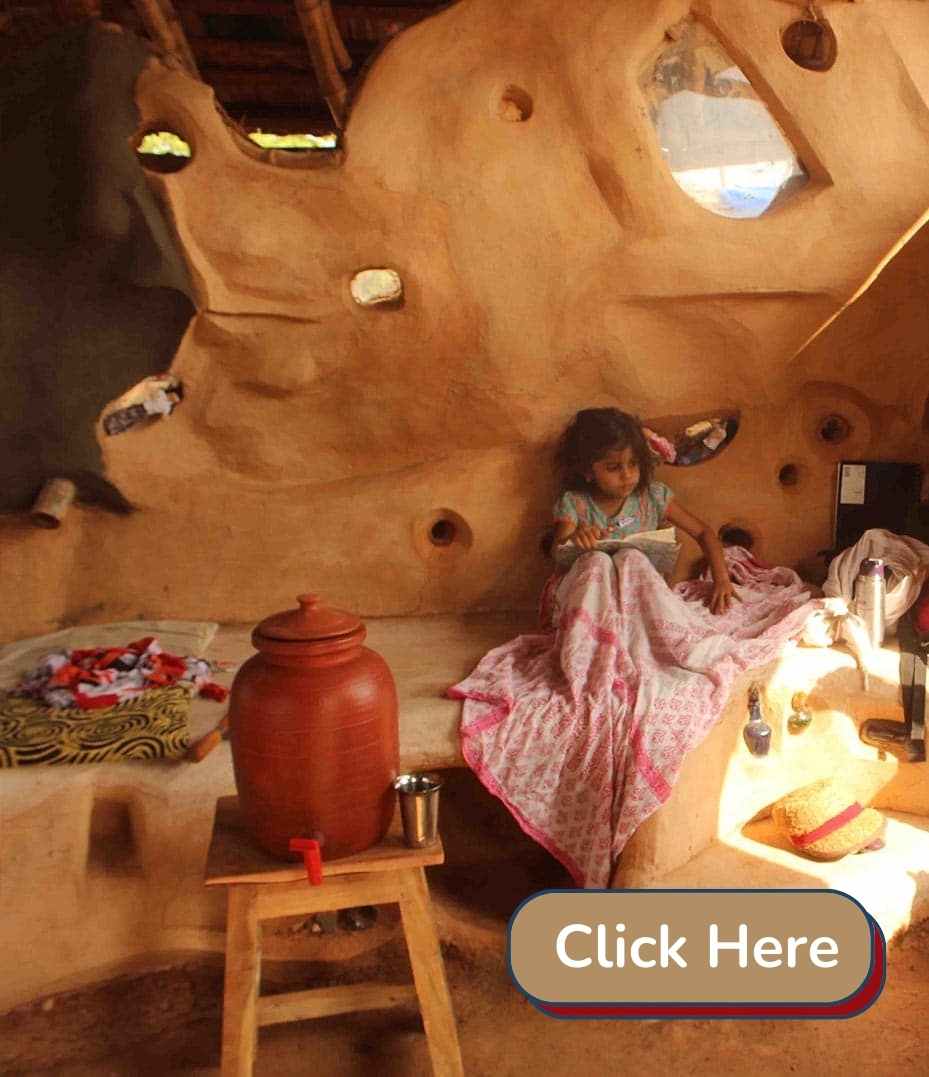

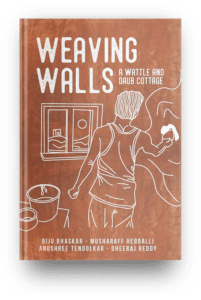
6 thoughts on “Termites & Indian Natural Buildings”
Namaste Prasanna,
Greetings from Thannal
We are currently concentrating on the making online video course-Back home series till December 2022. So We are not taking any new construction projects till December 2022. We believe that it is far more important for Thannal to create a different medium of learning, that is, through videos, books, Hands-on workshops and online courses. You can further know about how we are taking up projects by going through Upcoming Natural building works page. To read more about ‘Build a natural home’ Initiative, kindly go through this link. (https://thannal.com/build-a-natural-home/)
Hi, I’d like to know if your organization works on restoring an old roof made of Woden reapers.
It’s a farmhouse that used to house large number of cows earlier days.
Nice to know that Deepaji, we are all fine here thankyou.
All fine here. Thank you.
Hope you all are fine too.
Namaste and thankyou Deepaji, hope you and your family are in good health, prayers from the foot of Arunachala.
Nice article. Thank you Biju Anna and Musharaff.